Forget Air Fresheners: Your Guide to Houseplants That Smell Incredible
For as long as I can remember, my hands have been in the soil. I’ve run a small specialty nursery, helped design green spaces indoors, and taught plenty of people the art of keeping plants alive. One of the first things folks always ask is how to make their home smell amazing without those chemical plug-in things. They want something real, something living. The answer is always plants, but getting it right takes a bit of care.
In this article
Using living plants to scent your home is so rewarding. It’s not about masking odors; it’s about creating a subtle, beautiful background scent that only a living thing can produce. This guide is built on my own experience—including my many, many plant failures! I’ve learned that a plant’s fragrance is a sign of its health. A happy plant will reward you. A stressed plant will go silent. So, let’s get into which plants work best and how to give them exactly what they need to thrive.
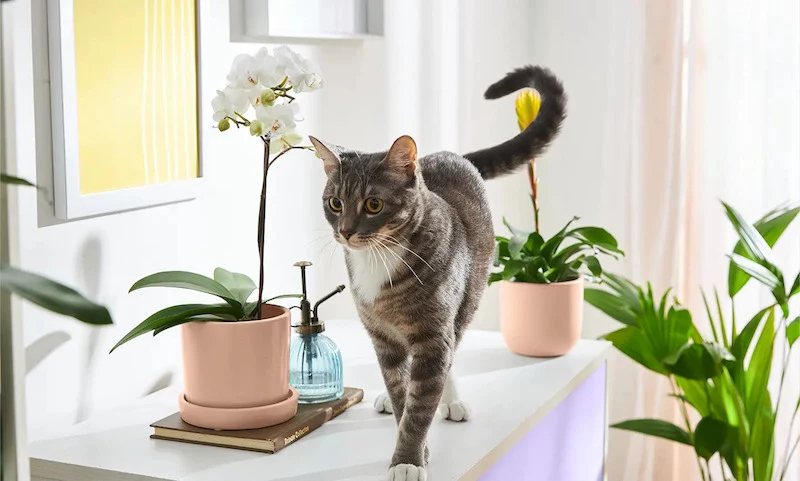
Why Do Plants Even Have a Scent?
Before we pick out our plants, it helps to know why they smell. It’s definitely not for our benefit. Fragrance is how plants talk to the world around them. They release invisible airborne particles that our noses perceive as smells, and they do it for two big reasons: survival and reproduction.
Those sweet, floral scents are usually designed to attract pollinators. Bees, moths, and other insects are drawn to specific fragrances that signal a sweet nectar reward. This is why many flowers, like jasmine, unleash their strongest scent at dusk or during the night—they’re calling out to nocturnal pollinators like moths. The scent is basically a giant billboard that says, “Open for business!”
Other scents, often sharp and herbal, are a form of defense. The oils in the leaves of a scented geranium or a rosemary plant can make them taste bad to hungry animals or insects. When you brush past and crush a leaf, you’re releasing those defensive compounds. Understanding this helps you know what to expect. A floral-scented plant can often fill a room on its own, while a leaf-scented plant usually needs a gentle touch to share its fragrance.
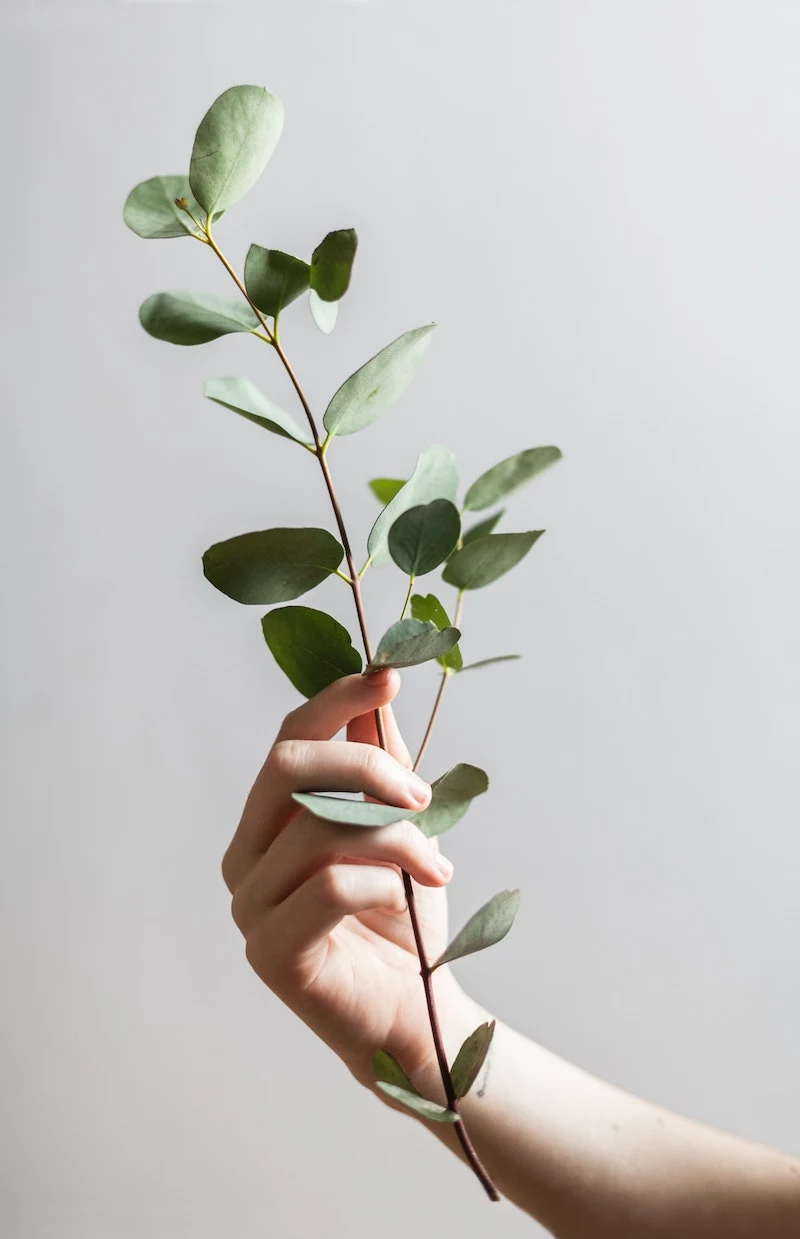
Classic Floral Scents for the Home
Floral plants are the heavy hitters of home fragrance. Their scents can be powerful, but they usually need more light and care to get those fragrant blooms. Here are a few reliable choices I’ve worked with for years.
Jasmine: The Evening Perfumer
When it comes to jasmine, not all types are great for indoor life. For home growing, the two best bets are Poet’s Jasmine and Arabian Jasmine.
Poet’s Jasmine is a vine with clusters of pinkish buds that burst into intensely fragrant white flowers. Its scent is sweet, powerful, and will absolutely fill a room, especially in the evening. It’s a pretty easy grower if you know its secret: it needs a cool, bright period in the fall to set its buds for a late-winter show. I tell everyone to move it to a cooler room (around 50-60°F) with plenty of indirect light for a few months in the fall. Water it less during this time. Once you see buds forming, move it back to a warmer spot and get ready for the show.
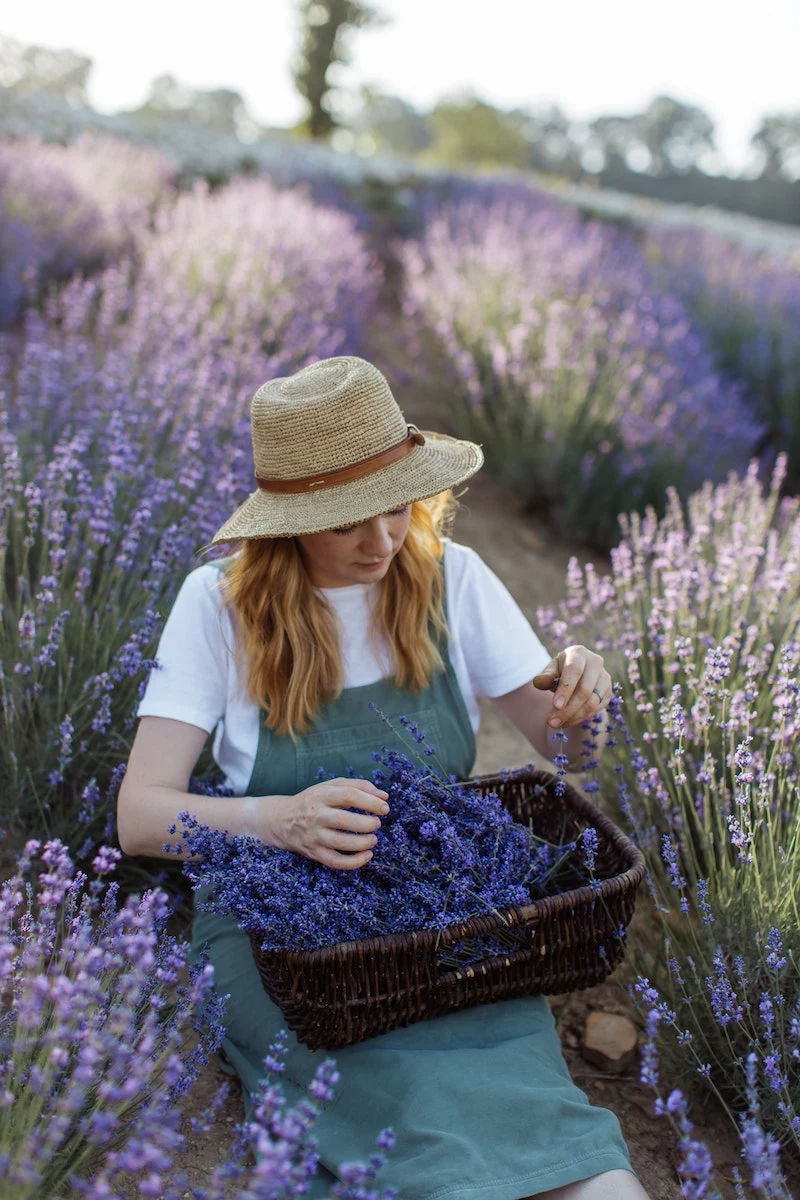
Heads up! After it flowers, you have to prune it back hard. And I mean hard. Cut the vines back by at least half. It feels brutal, but if you don’t, you’ll just get a tangled mess of leafless stems next year.
Arabian Jasmine has a heavier, more complex scent—it’s the one used to flavor jasmine tea. It grows more like a shrub and can bloom on and off all year if it gets enough light, which makes it a bit easier for beginners. It needs at least four to six hours of direct sun daily, so a south-facing window is its happy place. A starter jasmine plant will usually run you between $20 and $40 at a local nursery.
Quick Tip: The fastest way to kill a jasmine is with water. They like consistently moist soil but HATE wet feet. Use a well-draining potting mix (I add extra perlite and orchid bark to mine) and let the top inch of soil dry out before watering again.
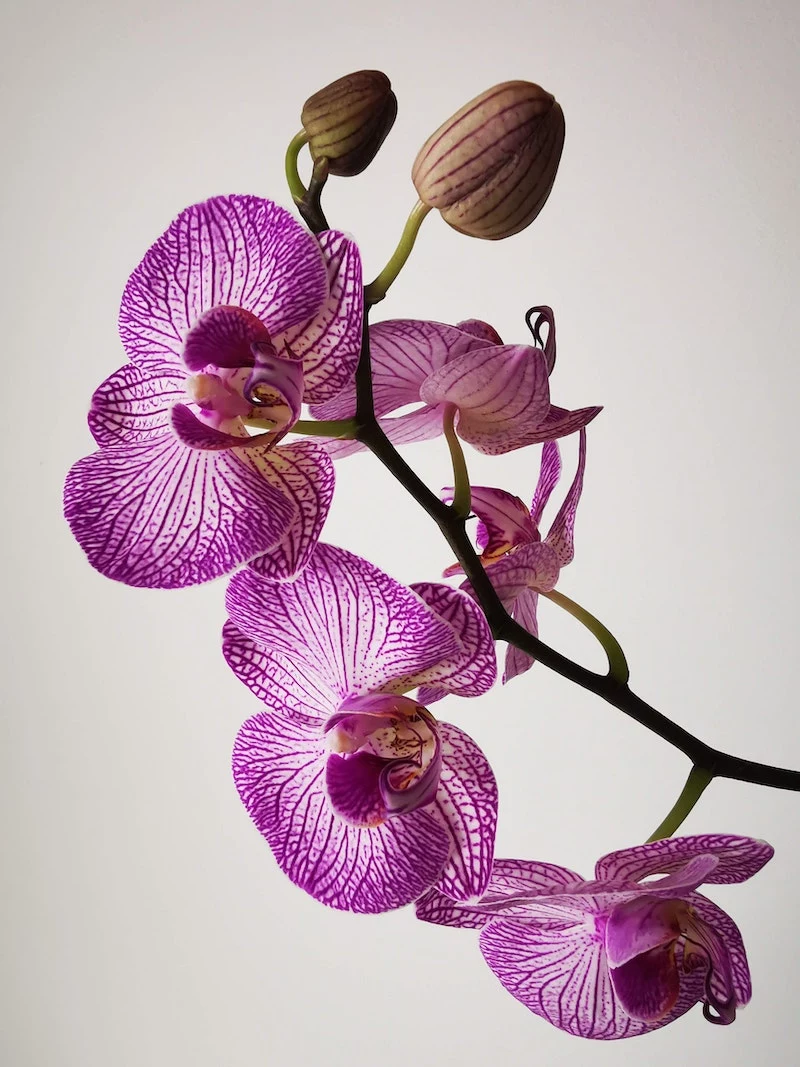
Gardenia: The Beautiful but Demanding Diva
Let’s be real: gardenias are not for beginners. I have sent more gardenias to the great compost pile in the sky than any other plant. They have a creamy, intoxicating scent that is second to none, but they are incredibly fussy. A gardenia will let you know it’s unhappy immediately by dropping all its flower buds.
To succeed, you must meet four demands:
- High Humidity: Dry indoor air is the enemy. You’ll need to place it on a pebble tray or run a humidifier nearby. Misting is a nice thought, but it’s not enough. Oh, and making a pebble tray is easy: grab a shallow dish wider than the pot, fill it with pebbles, and add water until it’s just below the top of the rocks. Then just set your pot on top. The evaporating water creates a perfect little humid microclimate.
- Acidic Soil: They need acidic conditions to thrive. Look for a potting mix specifically labeled for azaleas or rhododendrons at your local garden center. To keep it happy, feed it every month during the growing season with an acid-forming fertilizer, like Mir-Acid.
- Consistent Temperature: They hate drafts and sudden temperature changes. Find a good spot and leave it there. They like it warm during the day (around 70°F) and slightly cooler at night.
- Bright, Indirect Light: Hot, direct sun will scorch its leaves. An east-facing window with gentle morning sun is perfect.
A decent-sized gardenia can be an investment, often costing between $30 and $60. And a very important note: gardenias are toxic to cats and dogs. If you have pets, please skip this one!
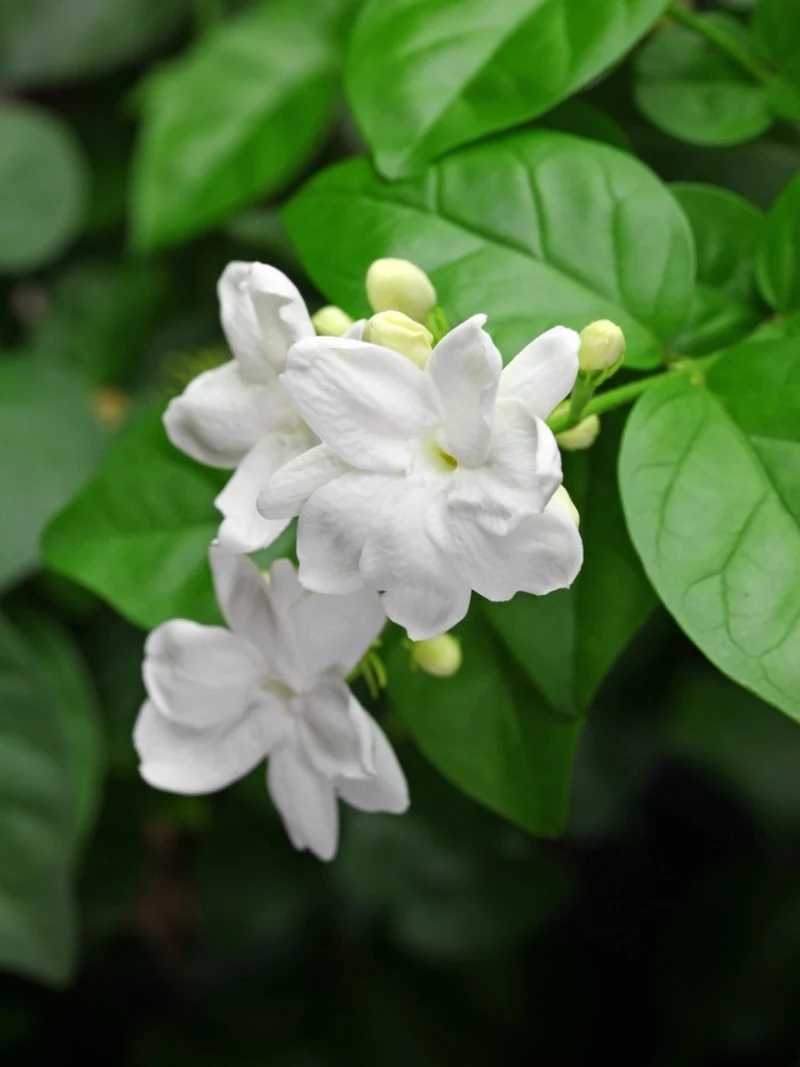
Orchids: The Surprise Scents
Most people buy orchids for their looks, but many varieties have incredible scents! It’s often a more subtle fragrance—a delightful surprise when you get close rather than a room-filler. You just have to know which ones to look for. The standard purple orchid at the grocery store probably won’t have a scent. Instead, check a specialty nursery or a trusted online seller for these:
- Oncidium ‘Sharry Baby’: Famous for a reason! Its little flowers smell exactly like chocolate and vanilla. It’s amazing.
- Zygopetalum: These have a powerful, spicy, and sweet fragrance that people often compare to hyacinths.
- Certain Phalaenopsis species: Look for specific types known for fragrance, which can have a lovely citrusy or spicy scent.
By the way, can we please put the ‘ice cube’ watering myth to rest? Orchids are tropical plants; pouring ice water on their roots is a great way to shock them. The right way to water is to take the pot to the sink and drench the bark medium with lukewarm water for about 20 seconds, letting it all drain out. It mimics a warm tropical rain shower.
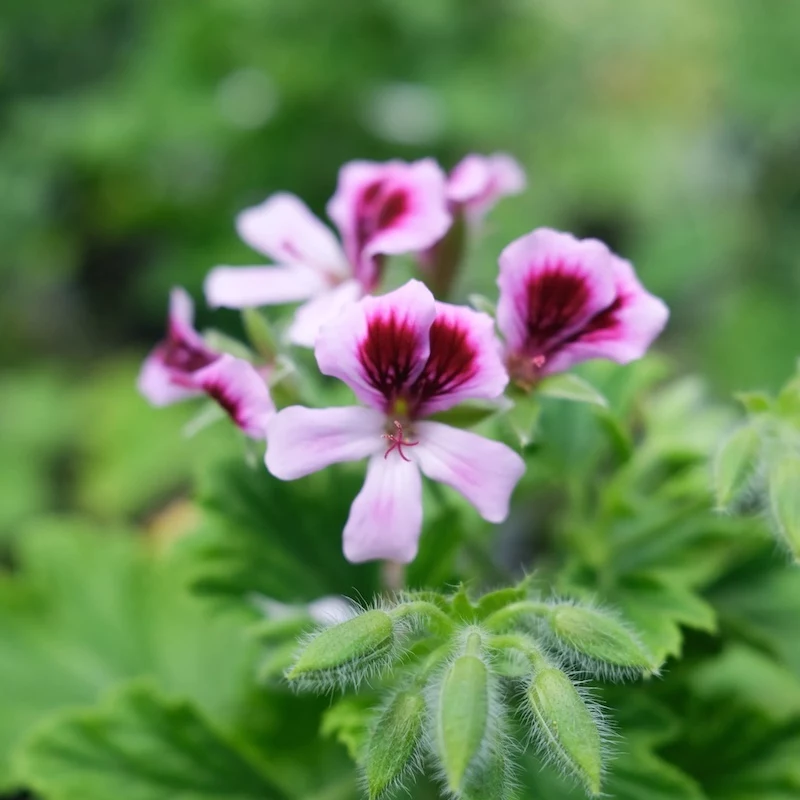
For a Different Kind of Fragrance
Maybe you don’t want your house to smell like a flower shop. I get it. For a more green, herbal, or citrusy scent, you need plants that release their fragrance from their leaves, usually when you brush up against them.
Scented Geraniums are a fantastic choice. They come in an unbelievable range of scents—rose, lemon, mint, apple, even chocolate. The fragrance is all in the leaves. Just ruffle them a bit as you walk by to release the scent. They love sun and don’t like to be overwatered. They’re also pretty affordable, usually $10-$20 for a good-sized plant.
You can also grow herbs like Rosemary or Mint indoors. They need a lot of sun (a south-facing window is a must), but having them on hand for a fresh, earthy scent (and for cooking!) is a huge plus.
The Easiest Fragrant Plant (Your First ‘Quick Win’)
If all that sounds like a lot of work, don’t worry. There’s an easy-to-care-for plant that has a lovely, subtle fragrance: the Hoya, sometimes called a Wax Plant. They have beautiful waxy leaves and, when they’re happy, produce clusters of star-shaped flowers that have a sweet, chocolatey, or floral scent, especially at night. Hoyas are succulents, so they are very forgiving if you forget to water them. They like bright, indirect light and are the perfect ‘starter’ fragrant plant to build your confidence.
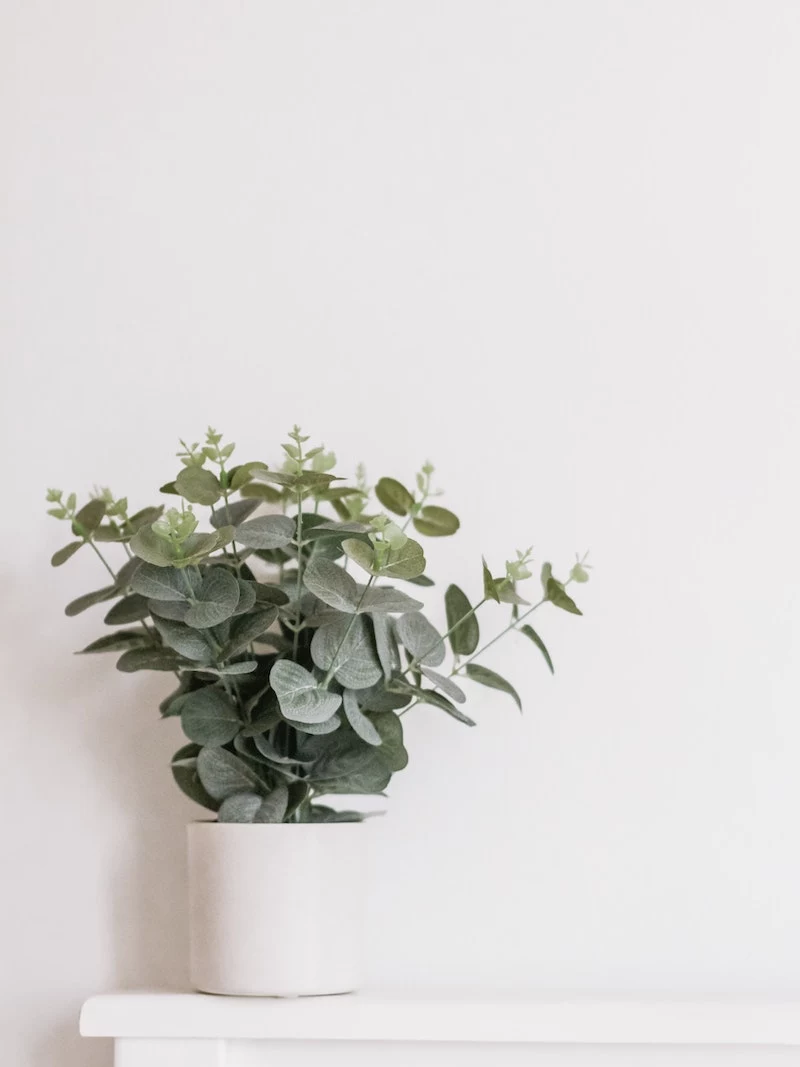
A Quick Word on Pests
Heads up: sweet-smelling, flowering plants are basically a dinner invitation for pests like spider mites and aphids. It’s just part of the deal. Once a week, take a close look at your plants, especially under the leaves and where the leaf meets the stem. If you see tiny webs (spider mites) or little green or black dots (aphids), act fast. Often, a strong spray of water from the sink can knock them off. For a bigger problem, a spray bottle with water and a few drops of dish soap or some commercial insecticidal soap from a garden center can do the trick.
Inspirational Gallery
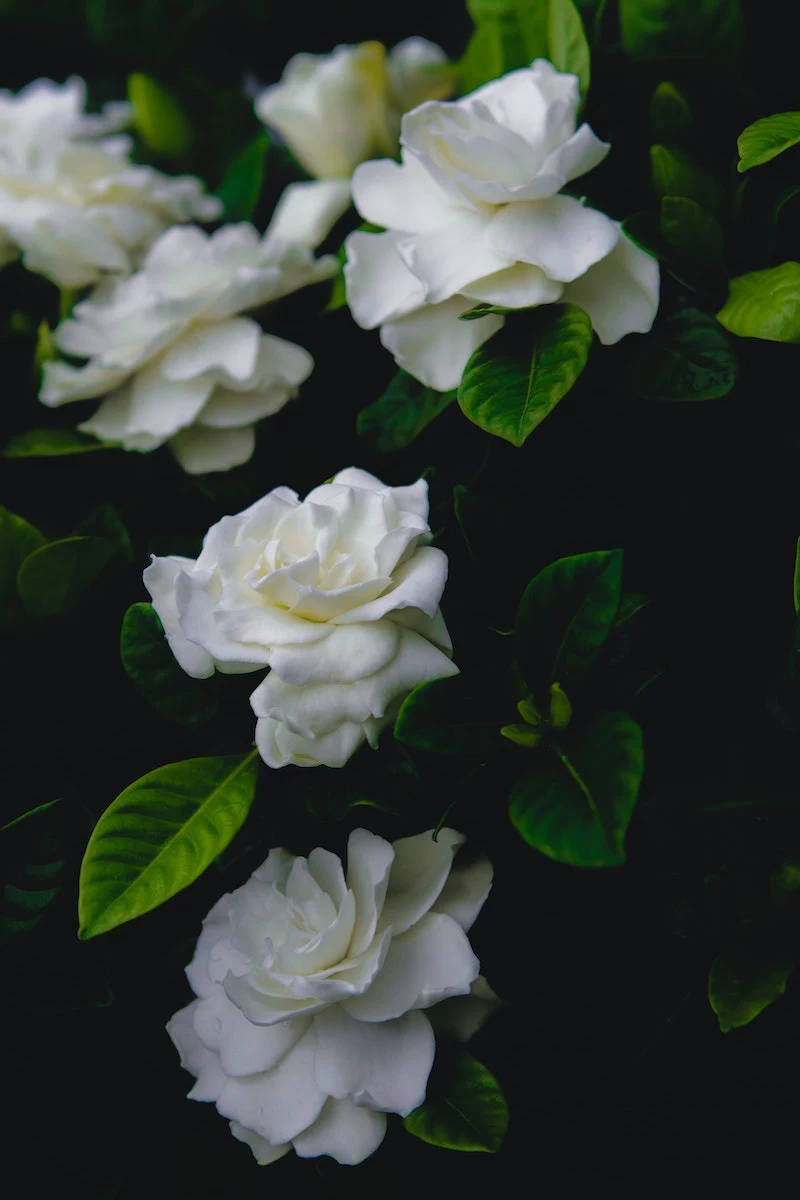
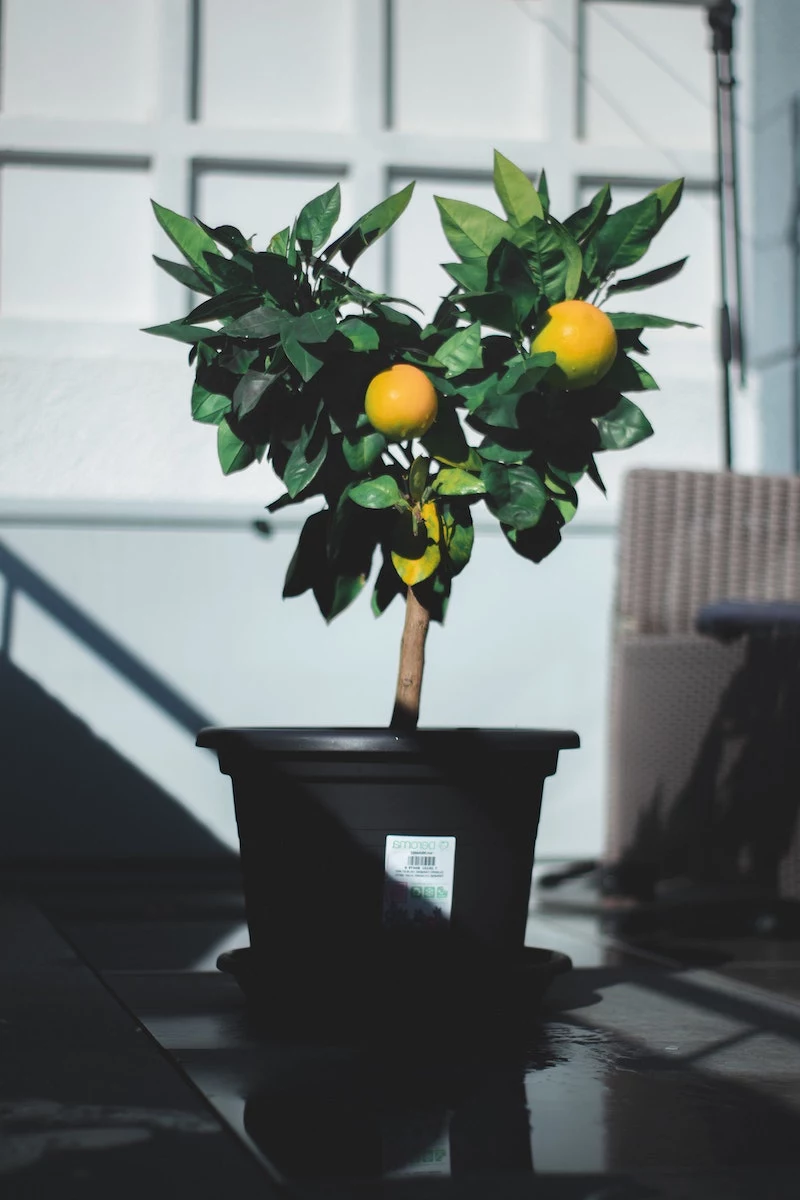
How do I combine different scented plants without creating an overwhelming clash?
Think like a perfumer creating a home “scentscape.” Start with a subtle, leafy “base note” like eucalyptus or a bay laurel tree in an entryway. In the main living area, introduce a floral “heart note” from a consistent bloomer like a Hoya carnosa or a Stephanotis floribunda, which provides a gentle, welcoming aroma. Finally, place a citrusy or herbal “top note,” such as lemon thyme or Cuban oregano, on a sunny kitchen windowsill. These release their vibrant scent only when touched, creating delightful, fragrant moments as you move through your home.
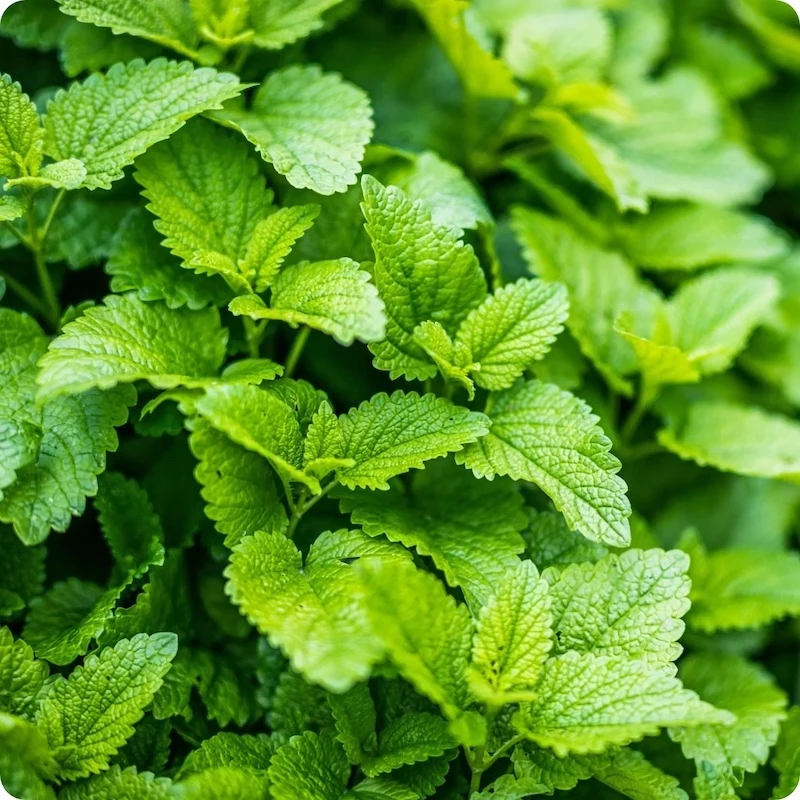
A study in the Journal of Physiological Anthropology found that interacting with houseplants can reduce psychological and physiological stress by suppressing autonomic nervous system activity.
This is especially true for scented plants. The act of gently crushing a scented geranium leaf between your fingers or watering a pot of mint isn’t just plant care; it’s a moment of sensory grounding. The release of fragrance provides immediate olfactory feedback, turning a simple chore into a mindful, stress-relieving ritual.
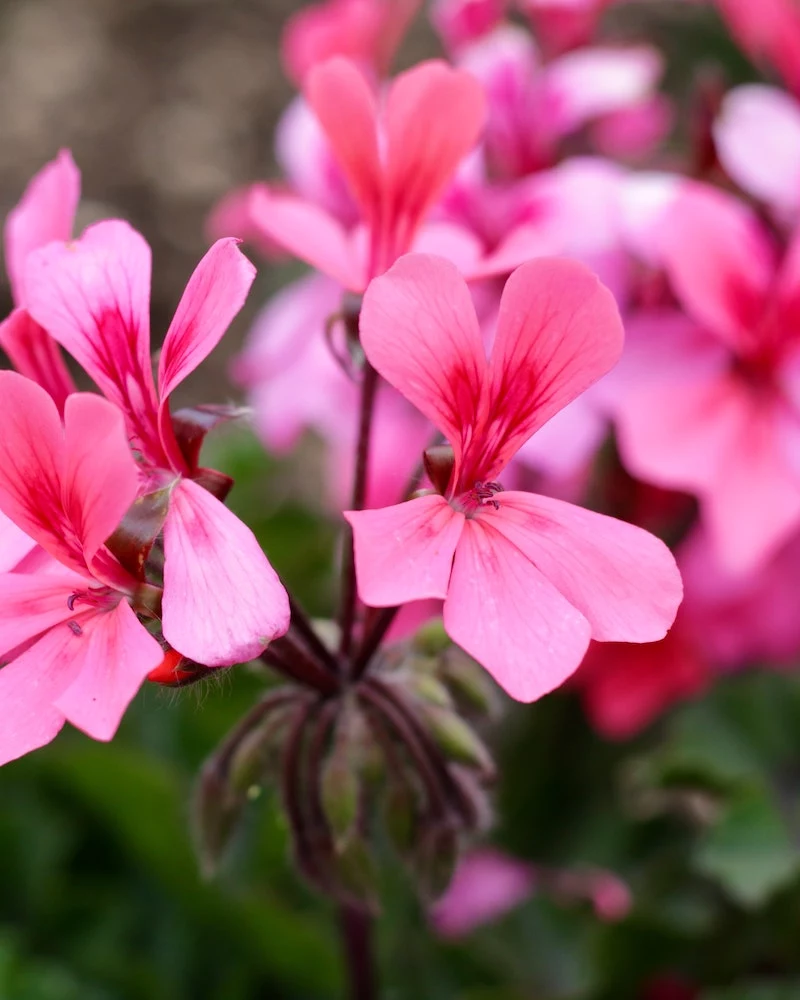
The biggest mistake: loving your scented plants to death. More fragrant plants are killed by overwatering than by anything else. Soggy soil leads to root rot, which suffocates the plant and effectively silences its scent. Before you water, stick your finger two inches into the soil. If it’s dry, it’s time. If it’s even slightly damp, wait another day. A thirsty plant will almost always recover; a rotten one is a lost cause.
All-Purpose Potting Mix: A standard bag from a brand like Miracle-Gro or Espoma is a good start, but it can retain too much moisture for many fragrant species.
Aromatic’s Choice Blend: For plants like jasmine, gardenias, or citrus, create a custom mix. Combine one part standard potting soil, one part perlite for drainage, and one part orchid bark for aeration.
This DIY blend prevents waterlogging, encouraging the healthy root system essential for producing abundant, beautiful fragrance.










